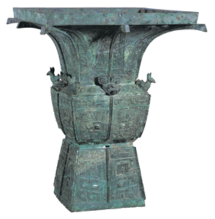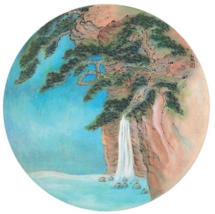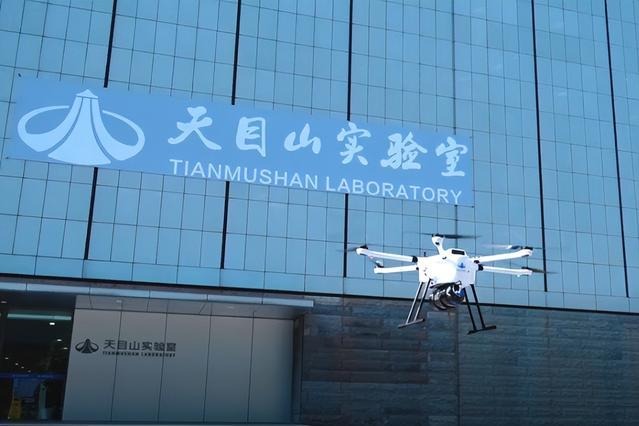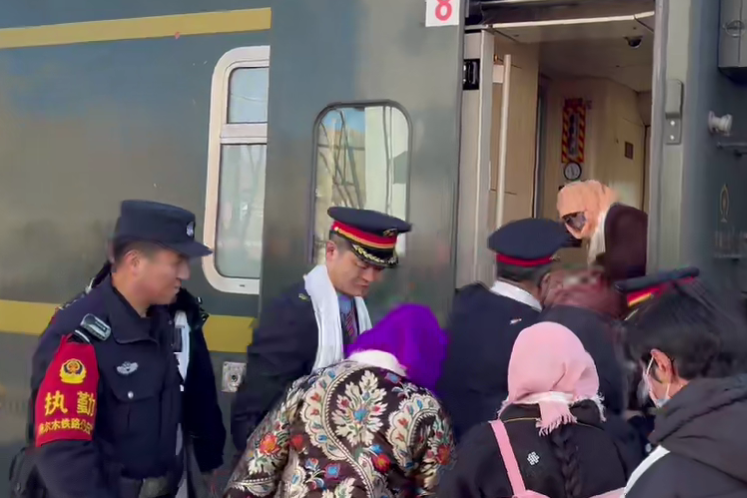What's on

Motifs of history
More than 160 fine examples of archaic bronze work are on show at the Xinjiang Museum to take the audience in Urumqi, Xinjiang Uygur autonomous region, back in time to the heyday of ceremonial bronzes thousands of years ago, and to unlock Chinese civilization through a variety of shapes and patterns. The exhibition, titled Ancient China in Bronze Ware, is the inaugural show to open at the museum a hall dedicated to displaying collections of the National Museum of China in Beijing, under a cooperation mechanism established by the two institutions. The opening exhibition introduces the evolution of bronze casting, the diverse purposes, shapes and ornamental motifs of the wares, as well as the inscribed characters on those objects, as evidence of history and the formation of Chinese culture. Highlighted exhibits include a square zun (vessel used as a wine container). This object dates to the late period of the Shang Dynasty (c. 16th century-11th century BC), of which the inscriptions on ritual bronze wares record its history and major events. The work features rich and dignified patterns, in three sections from top to bottom. The exhibition runs through to Oct 7.
10 am-6 pm, closed on Mondays.581 Xibei Road, Urumqi, Xinjiang Uygur autonomous region.0991-455-2826.
Touch of Zen
Between meditation and creating ink works, an artist gains his or her own understanding of life and truth of the world. Working with ink and colors, Zheng Qinyan has created for her audience a Zen realm that opens them to the diversity, extensiveness and simplicity of the living world. In Between Clouds and Waters, an exhibition at the Yindi Art Museum in Beijing, shows her recent paintings, calligraphic and porcelain pieces, and installations using the zharan (tie-dyeing) textiles technique. Zheng, a professor at the Central Academy of Fine Arts, demonstrates in her creation an inheritance of the traditional art view and cultural spirit, which saw painting and calligraphy as belonging to the same origin, and the importance of integrating self-reflection into one's practice of art by which one was able to reach spiritual zenith. Zheng's works have a rhythmic sense, and the trees, flowers, birds, and even rocks and mountains that she details are in a peaceful, reclusive state. The exhibition will end on July 15.
9 am-4 pm, Monday to Friday. 1705 Gaobeidian East Road, Chaoyang district, Beijing. 010-8773-9901.
Unbounded love
In his painterly portrayal of landscapes and figures, Yan Zhenduo presents the vividness and vigor of all living things. It is hard to believe that the paintings were created by an artist with a single arm. Yan lost his left arm while he was a small child during the War of Resistance Against Japanese Aggression (1931-45). When he hails the creativity of nature and the unyielding spirit of lives with bold brushwork and a bright palette, he is also communicating to viewers his persistence with art and life. Crossing Borders, his solo exhibition at Tsinghua University Art Museum, surveys his career spanning nearly seven decades. Yan was regarded as one of the most accomplished students of modern master Wu Guanzhong (1919-2010) while at the Central Academy of Fine Arts. Yan has been following his teacher's footsteps to present the temperament of Chinese culture and philosophy in oil paintings, and to modernize the look of Chinese ink art with a coherent, semi-abstract style. The exhibition runs through to Aug 20.
9 am-5 pm, closed on Mondays. Tsinghua University, Haidian district, Beijing. 010-6278-1012.



Today's Top News
- China remembers victims of Nanjing Massacre, 88 years on
- New plan will be a road map for a stronger future
- Taiwan's character of the year a vote against confrontation
- Strengthened resilience key for economy
- Video sheds new light on Japan's wartime atrocities
- Xi: World yearns for peace, trust more than ever






























